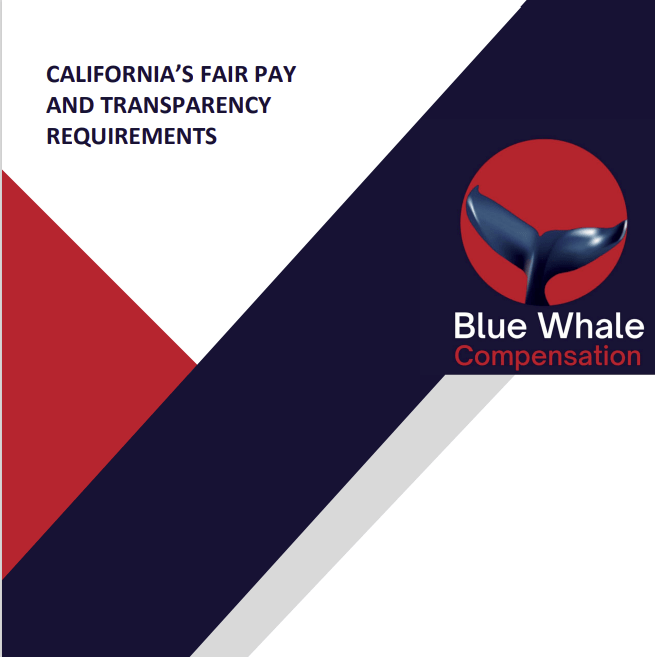How to Boost Employee Morale With Powerful Pay Strategies
How to Increase Employee Engagement in 2023
Talent and Cost Balancing Management Tips
In the last three years, it has been common for HR professionals to face new challenges and opportunities in the ever-evolving world of human resources. Next year will not be the exception. One of the most pressing concerns that many organizations will face in 2023 will be managing labor costs while maintaining a competitive edge and providing employees with fair compensation and working conditions. This can be especially challenging in the current economic climate, where changes in the job market, shifting business strategies, and other factors can impact the bottom line.
Keeping labor costs under control for HR professionals requires a strategic approach that balances the business’s needs with the talent and resources needed to stay competitive. In this post, we highlight easy wins to keep costs under control. Whether you are an HR manager, director, or someone interested in the field, this post will provide valuable insights and information to help you stay ahead of the curve.

In conclusion, by implementing strategic measures to save labor costs, companies can maximize their savings and revolutionize their approach to managing their workforce. Embracing technology, optimizing scheduling and staffing, fostering employee engagement, and investing in training and development are just a few strategies that can drive significant improvements in productivity and efficiency while reducing labor expenses. By taking a proactive stance toward labor cost management, businesses can pave the way for long-term success and profitability in today’s competitive landscape. So, why wait? Start implementing these strategies today and witness their transformative impact on your bottom line and overall workforce management.
12/20/2023












